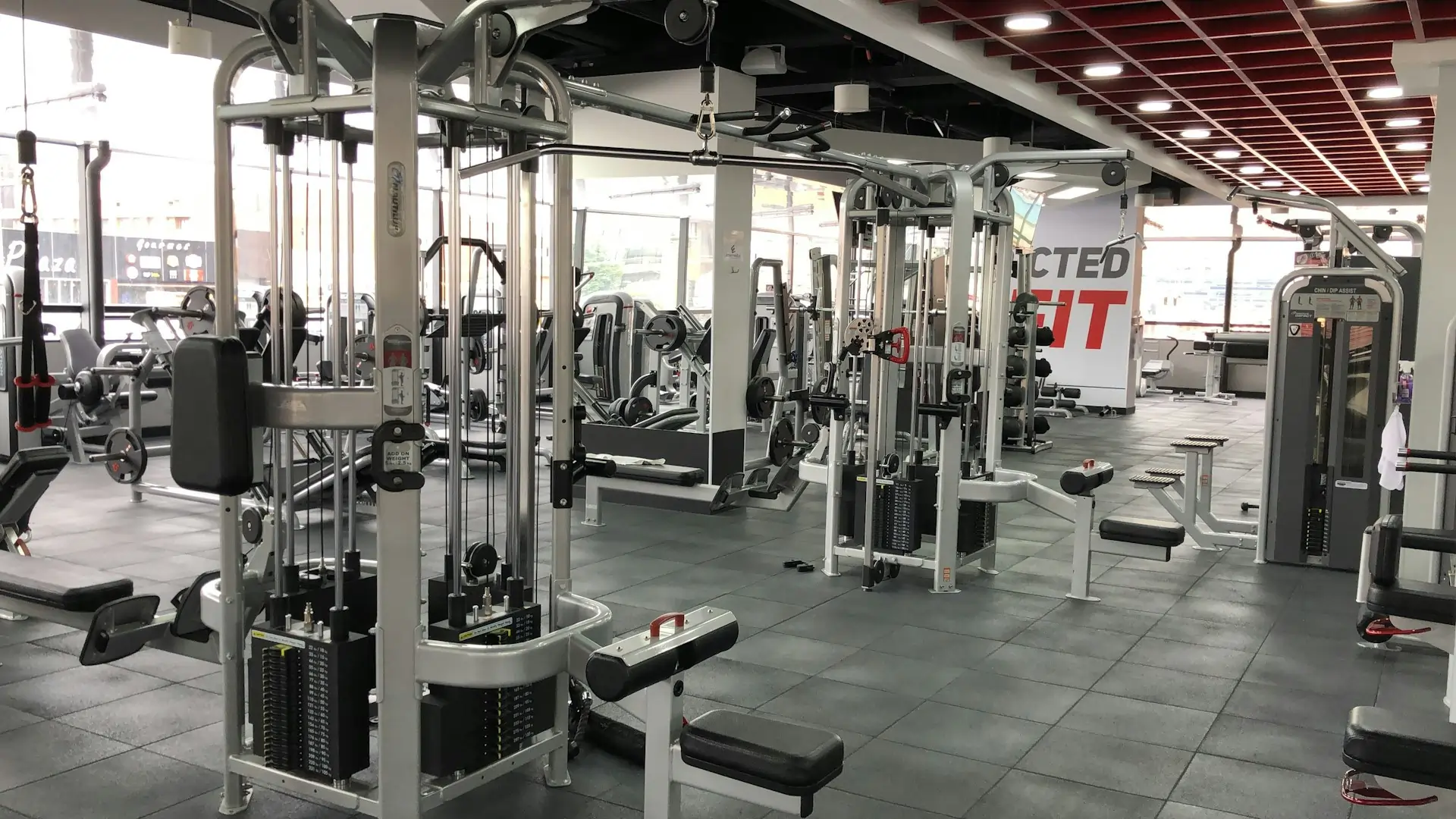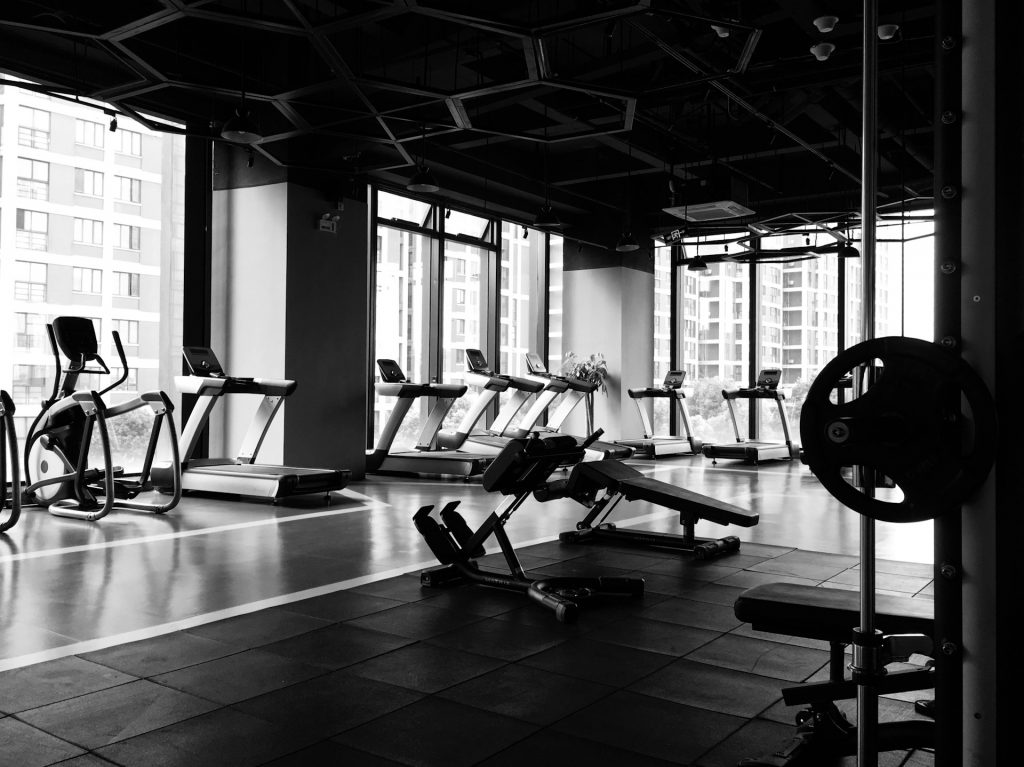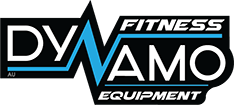
5 Costly Gym Renovation Mistakes and How to Avoid Them
5 Costly Gym Renovation Mistakes and How to Avoid Them
Over 65% of gym renovations exceed their original budgets due to poor planning. It is a hard reality that many gym owners face. Renovation often begins with a bold vision, sleek equipment, functional zones, and a member experience that fuels retention. But as the project unfolds, hidden challenges surface.
These situations repeat across Australia. However, there is a way to steer clear of them. Dynamo Commercial has helped commercial gyms avoid these pitfalls. With over ten commercial showrooms nationwide and a portfolio filled with successful commercial gym fit-outs, the team brings clarity where many face confusion.
To help you make smarter choices, we will now highlight the five most expensive renovation mistakes and how to prevent each.
Gym Renovation Mistakes You Must Avoid
Mistake 1: You Underestimate Space & Layout Requirements
Many gym owners rush into renovation projects without assessing the real needs of their space. Instead of evaluating how the layout will function for their specific audience, they often rely on generic blueprints or copy what competitors do.
In most cases, essential considerations like walkway clearance, mobility access, designated stretching areas, and equipment spacing get overlooked. These elements directly impact flow, safety, and member comfort. Without factoring them into your plan, the risk of creating a congested and uninviting gym floor increases significantly.
Poor layout decisions lead to safety issues, limit the number of people who can train comfortably at once, and often frustrate both staff and members. When members feel restricted or when they struggle to move freely during peak hours, satisfaction drops and retention suffers. In many cases, gym owners must pay to rework the layout, resulting in unnecessary expenses and downtime.
To avoid this, work with layout experts who understand spatial efficiency and member behavior. One of the most common issues we see is gym owners placing equipment first and thinking about user flow later. It’s much more cost-effective to plan zones up front than to move 300kg machines after installation.
A well-planned gym layout increases engagement, maximizes safety, and improves your brand experience. So, before you invest in commercial gym equipment or commit to renovation timelines, take advantage of a free layout consultation with Dynamo’s commercial planning team.
Mistake 2: You Buy Gym Equipment Without Lifecycle Cost Analysis
Many gym owners base equipment decisions on the sticker price, which can mislead them into selecting machines that seem affordable upfront but fail to deliver long-term value. While cost control remains a priority in any renovation, choosing low-grade or residential-use gear for a high-traffic environment creates more problems than solutions.
Once installed, cheaper equipment tends to break down more often, leading to downtime, repair costs, and warranty issues. Members notice these disruptions quickly, and their trust in your facility begins to fade. In busy gyms, faulty machines reduce floor capacity and disrupt training schedules, which directly impacts member satisfaction and retention.

To avoid these setbacks, prioritize commercial-grade machines built to handle daily, high-volume use. Brands like Reeplex and Intenza offer durable, performance-tested products that deliver a better return on investment over time.
According to IHRSA, the average commercial gym machine lasts between seven to ten years when maintained correctly. That longevity creates strong value, especially when compared to the short lifespan of cheaper alternatives.
Mistake 3: Overlooking Member Demographics & Training Trends
Every gym serves a unique audience, yet many owners fail to study who their members are and what they want. Instead of tailoring spaces to meet real needs, they follow a generic approach that misses key trends and fails to connect with their local fitness community.
When a gym layout does not reflect current training styles or member expectations, large portions of the space end up underused. Common mistakes include buying commercial fitness equipment that appeals to the wrong group or allocating space to zones that members avoid. As a result, expensive machines collect dust while key growth opportunities remain untapped.
To avoid this, start with a clear understanding of your member base.
- Are they young professionals focused on HIIT?
- Do they need a quiet recovery space or prefer strength-focused training?
- Would a women-only zone improve comfort and increase sign-ups? T
Conduct quick surveys, monitor member feedback, and study your competition. Use this data to design zones that match real behavior. Dynamo Commercial works with a wide range of facilities, such as PT studios, schools, CrossFit boxes, and hotel gyms, so our team understands how to match layouts with specific user groups.
Mistake 4: Ignoring Electrical, Ventilation & Compliance Needs
Many gym renovations stall because owners begin without consulting key professionals early. When builders, engineers, or certifiers are excluded from the first planning phase, critical systems get overlooked. Without a clear plan for power capacity, airflow, acoustic control, or flooring weight limits, owners face compliance risks and construction delays.
These gaps create expensive outcomes:
- Council violations that delay your opening date
- Safety hazards that affect members and staff
- Inadequate ventilation that lowers comfort and increases injury risk
- Insurance complications due to non-compliant infrastructure
To avoid these issues, involve a multi-disciplinary team right from the beginning. Bring together architects, certified electricians, builders, and your equipment supplier, especially if your layout includes heavy cardio machines, functional rigs, or platforms.
Mistake 5: Renovating Without a Clear ROI Plan
Every renovation must tie back to growth. Without a return on investment plan, renovations become a design exercise instead of a business decision. Some gyms install flashy upgrades or follow trending layouts without considering how those changes drive conversions or increase member value.
This leads to:
- Wasted floor space with low engagement
- Poor peak-hour traffic flow
- Missed upsell opportunities in key zones
- Limited growth in PT sales or membership tiers
Instead, anchor your renovation to business performance metrics. Start by mapping:
- Member growth targets over the next 12–24 months
- Peak-hour traffic patterns and bottlenecks
- Product or service zones with upsell potential
- Areas where engagement drops or usage dips
Dynamo Commercial helps you align your layout with performance goals. Our finance calculator allows you to estimate returns while staying within budget. Through trusted partners like Procuret, we also offer leasing plans that free up cash for marketing or staff expansion.
Choose Dynamo Commercial to Avoid These Mistakes
Every successful renovation begins with a smart plan. When you understand what slows down growth or drains resources, you take control of the process.
Dynamo Commercial brings all of this together through a clear, proven system. With over ten showrooms across Australia, gym owners get local access to expert advice and hands-on equipment trials.
Talk to our gym fit-out experts today for a free consultation and a layout plan designed to grow your business.
